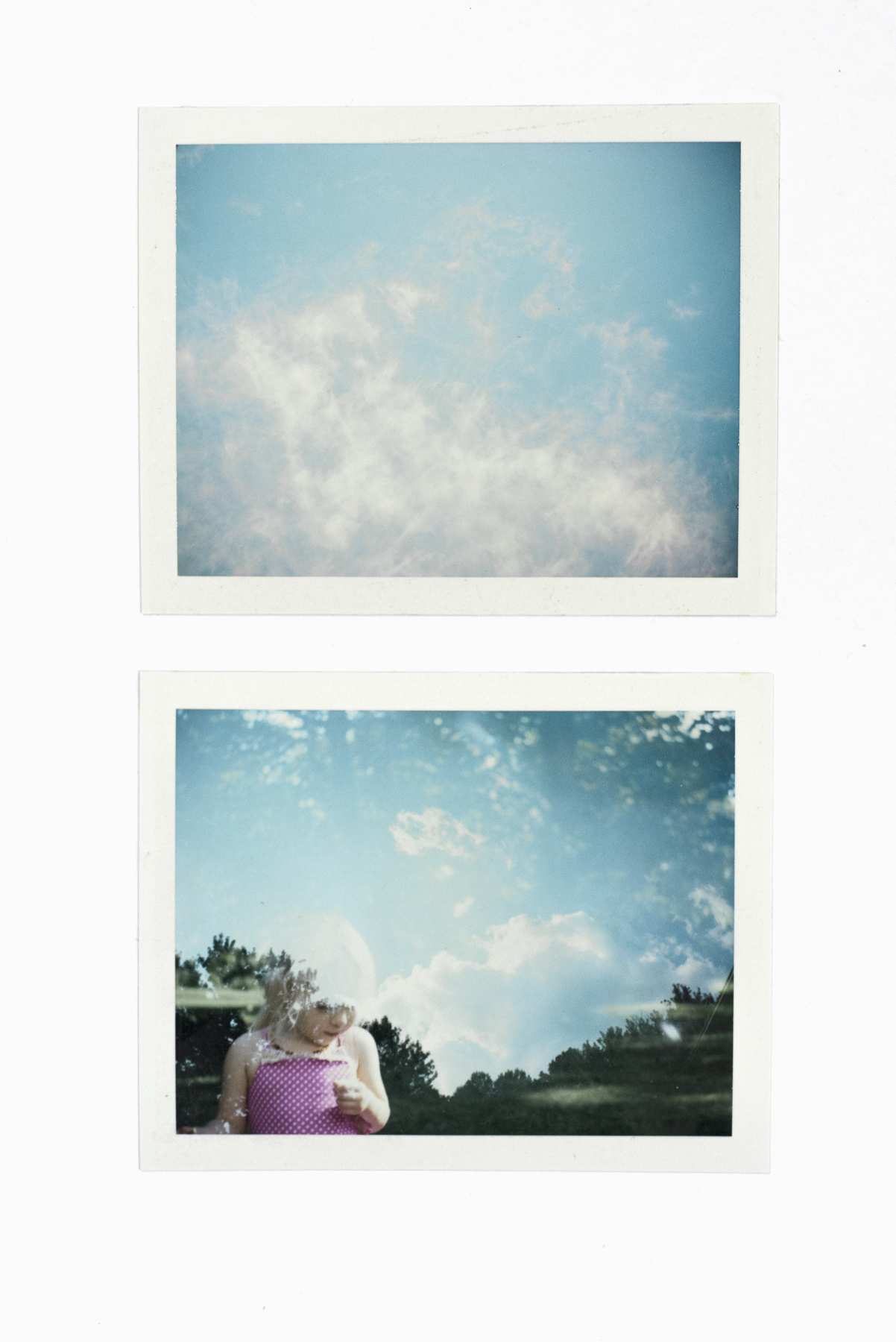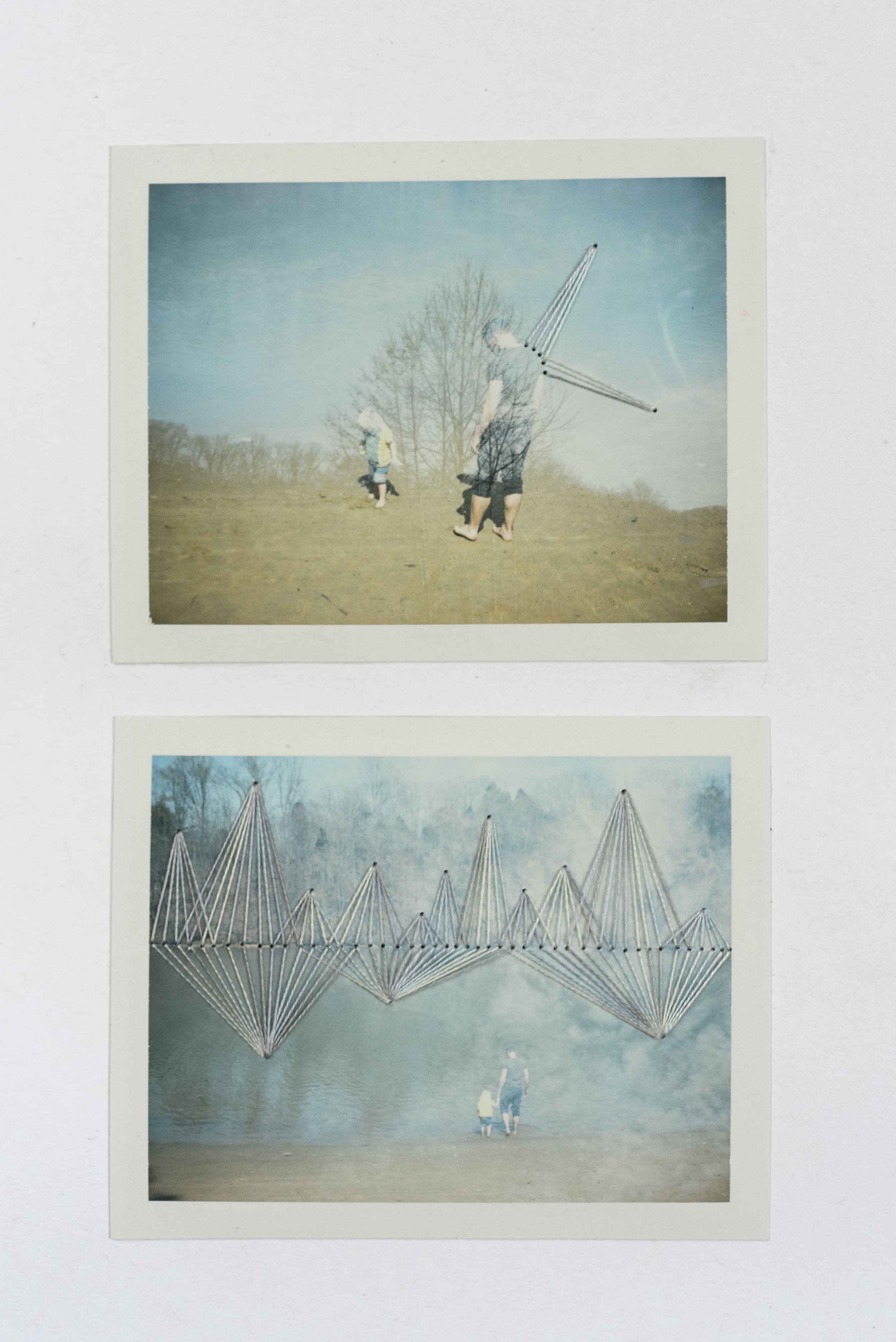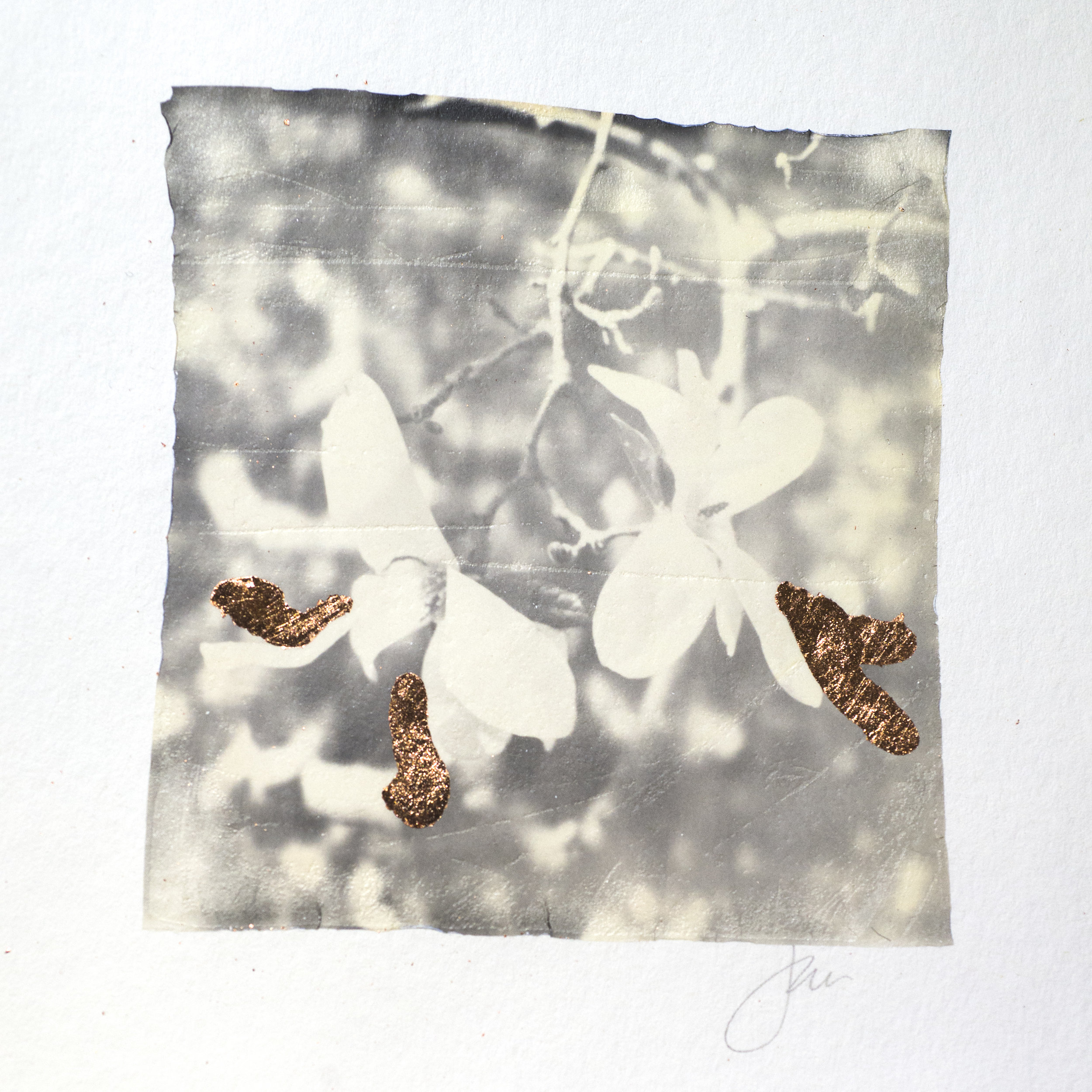I’m a hybrid shooter. Originally trained in film, but grew my freelance career with digital, I’m at home with (and see the advantages/disadvantages of) both.
Instant film has a special place in my heart. I love that instant photography (while expensive), gives you all the immediate gratification of digital and the grace and interesting visual feel of film, with way more unpredictability. It's both like and not like fishing. It's like fishing in that you put yourself out into a wilderness, hoping for luck to find you. You may come home with nothing or you may come home with just enough to feed you, just enough to keep going. It's unlike fishing in that you may come home feeling like you’ve caught nothing, only to discover later on that there’s one that grows on you more as you look at it. Finally, there are the images that long to become something else, or a part of something else. They long to be transformed.
Those are the magical ones.
Most often I find myself gravitating to shooting with my SX-70 and Impossible films (both colour & monochrome). My favourite thing about the SX-70 is its depth of field, the way it renders backgrounds into a dreamy and painterly way. I can also get super close to my subjects, whether they're people or plants.
When I'm feeling playful and expansive, I prefer my Polaroid Land Camera Automatic 100, with Fuji FP-100C colour instant film. I deeply enjoy that I can take straightforward images or double-expose landscapes and people. The film can be cumbersome to manage while it develops and dries in real time, but sometimes the mess is satisfyingly, well, messy.
My theory about the renaissance of instant photography (and film photography in general) is rooted in the physical singularity of the images. We are able to more deeply treasure something that is rare, unique, and unrepeatable; it mirrors our own humanity.
An image that scrolls by on a feed is very literally dismissed, not easily preserved—locked in a piece of technology and infrastructure. But a printed image is its own secret totemic language, falling more in the realm of treasured object, like an antique or heirloom. It has its own incarnation.
And this is why instant film has such a draw. Yes, the instant film technology is wanting, “ancient” in today's fast-moving technological standards, and imperfect, but so are many antiquated processes and "ancient" artmaking methods (painting, anyone?). It's far faster and more accurate to draw curves using a vector software program, but we often find it more satisfying to draw those curves with an actual pencil or brush.
And so I’ll stick with the magical unpredictability of instant film, and hold it in my heart.
Connect
Film photographer Jocelyn Mathewes is based in Tennessee. Connect with her on Instagram.










